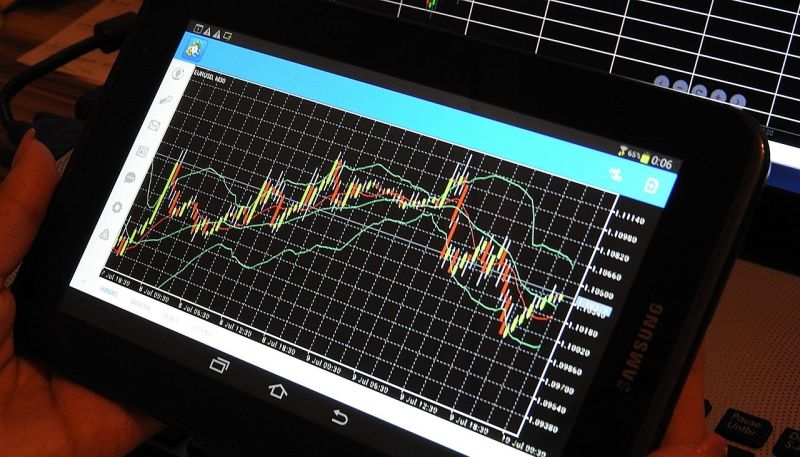Leveraging Machine Learning and AI
Machine learning and artificial intelligence have opened new doors for performing sophisticated analysis on high-frequency forex data. Algorithms can process huge datasets, identify patterns and make predictions faster than humans. Machine learning models like neural networks, regression analysis and Bayesian classifiers can detect subtle changes in market sentiment. AI techniques also allow for continuous self-improvement as more data is processed. This provides a significant advantage over traditional statistical methods for forex traders using a broker like HFM.
Analyzing News and Social Media
News and social media platforms generate vast amounts of unstructured textual data daily. Advanced natural language processing and text analysis techniques can extract sentiment signals from this data. News analytics tools scrape online news, blogs and forums to gauge market sentiment. Meanwhile social media analytics examines platforms like Twitter to assess emotions and opinions on currencies. Combining news and social media analysis provides a comprehensive overview of market sentiment.
Incorporating Alternative Data Sources
In addition to news and social media, alternative data sources like web traffic, satellites, weather data and more can improve predictive capabilities. Search trends, Wikipedia views and web traffic on currency sites can act as sentiment indicators. Satellite data on shipping traffic and oil storage levels provides economic cues. Even weather data can signal potential impacts on agriculture and energy demand. Synthesizing diverse alternative datasets with machine learning enhances forex sentiment analysis.
Moving to Real-Time Analysis
With high-frequency datasets, the focus has shifted to real-time analysis versus daily or hourly. Streaming data allows for continuous updating of sentiment scores. Intraday sentiment tracking enables traders to spot trends and reversals faster. Real-time analysis is especially applicable for news analytics and social media sentiment analysis where data flows rapidly. With low-latency infrastructure, machine learning algorithms can monitor and react to sentiment shifts quickly.
The Challenges in Processing and Interpreting Real-Time Sentiment Data
Some key challenges in processing and interpreting real-time sentiment data for forex trading strategies include:
- Volume of data - The amount of news, social media and other data that needs to be processed in real-time is massive. This requires huge computational resources and optimized algorithms.
- Speed of analysis - Sentiment scores need to be calculated rapidly to keep up with new data flowing in. Latency issues can slow down real-time analysis.
- Data noise - Social media and other unstructured data contains lots of noise. Distinguishing useful signals from noise is difficult.
- Sentiment lags - There can be lags between sentiment shifts and market movements. Trading too quickly on sentiment changes may be risky.
- Conflicting signals - Sentiment indicators from news, social media etc. may sometimes conflict each other. Interpreting these signals requires nuance.
Overcoming these limitations requires smarter algorithms, faster infrastructure, synthesis of diverse data and prudent analysis by traders to translate sentiment insights into effective forex trading strategies.
Analyzing forex sentiment from high-frequency data presents new possibilities but also technical challenges. Creative applications of machine learning, alternative datasets and real-time processing can unlock value from the wealth of data available. As these techniques continue to evolve, market sentiment analysis will act as a differentiator for successful forex trading strategies.








